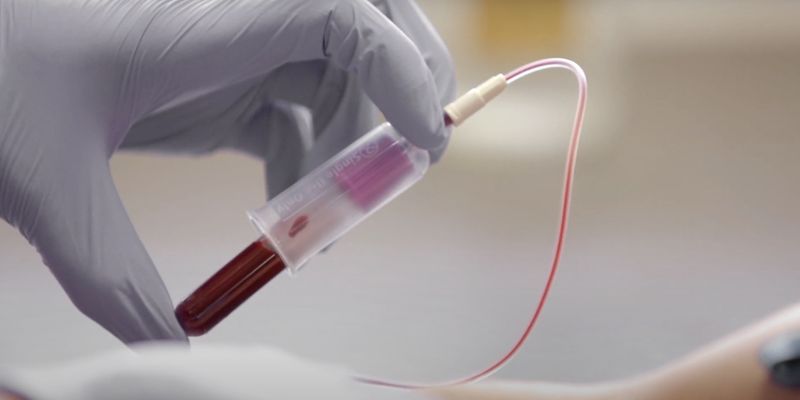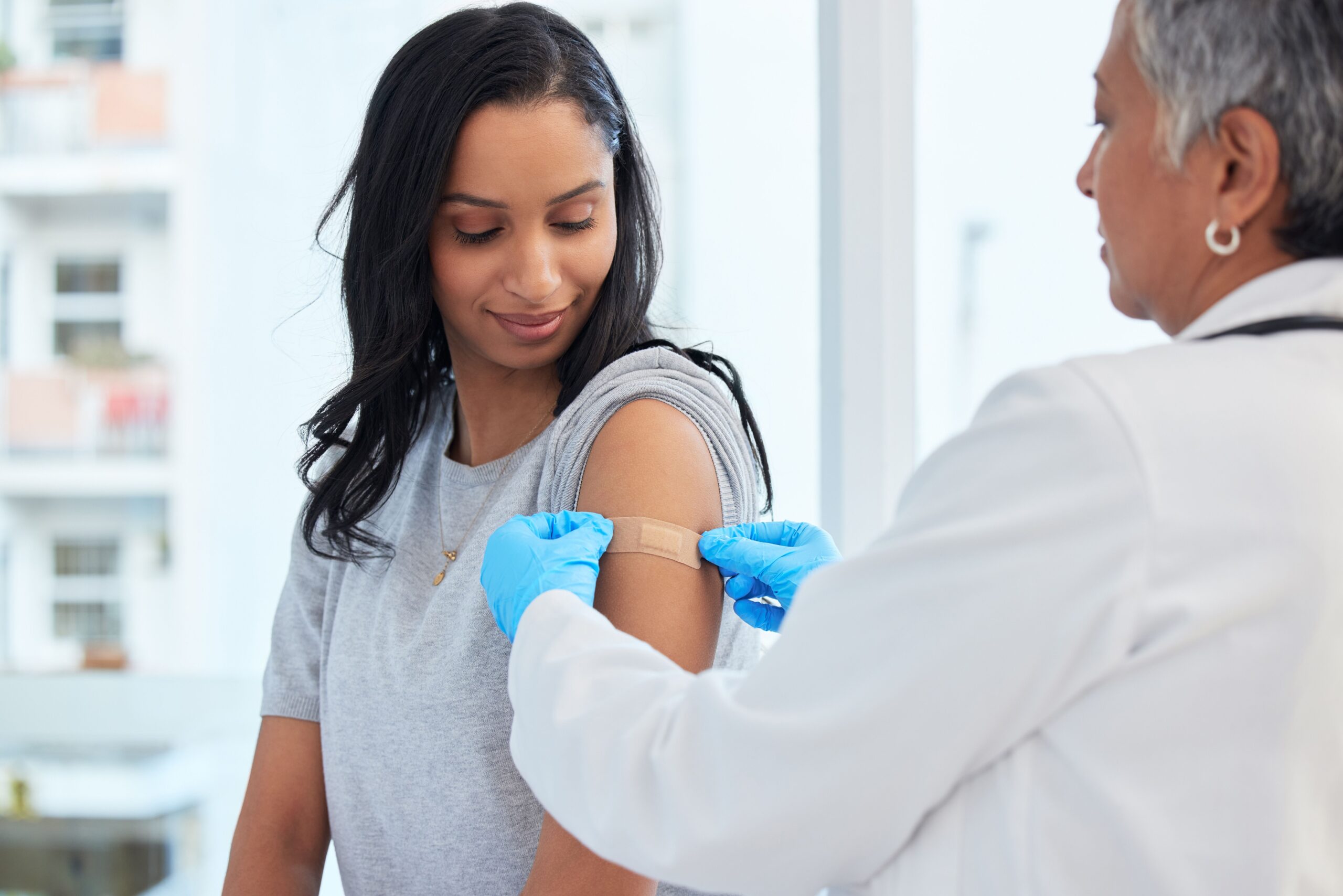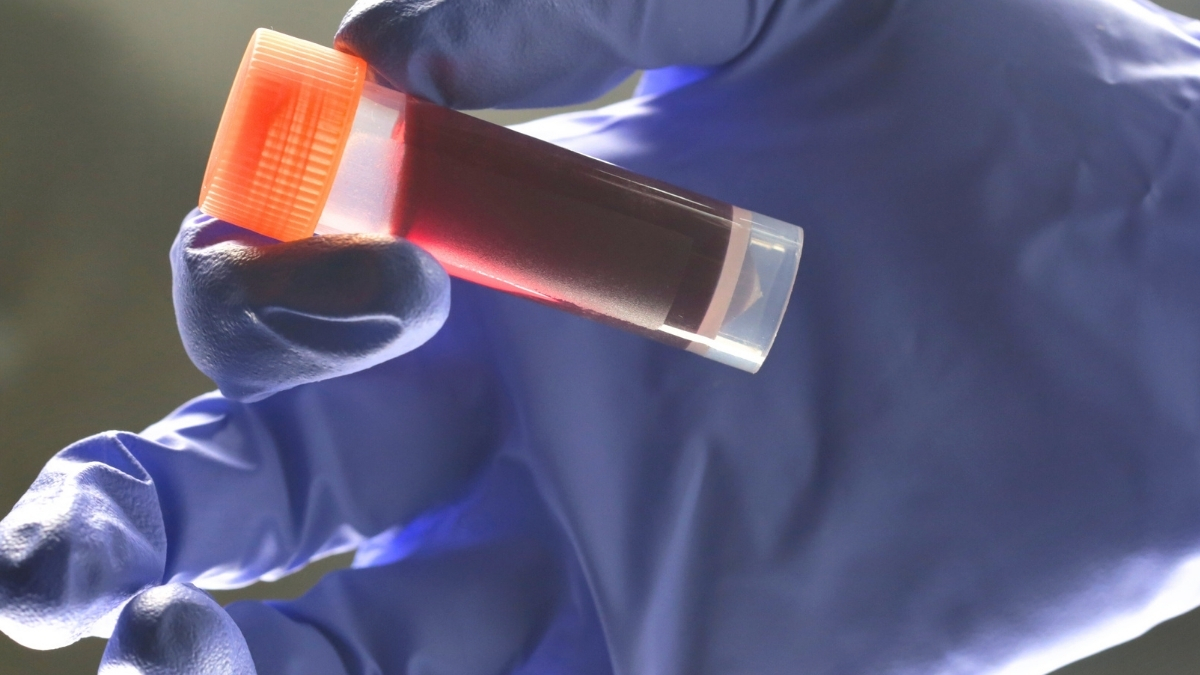- European bird flu spike due to record wild birds cases, EFSA says Reuters
- Avian influenza: new outbreaks expected in Europe until winter ends EFSA
- Can humans get bird flu? observerxtra.com
- Zoonotic Influenza: A Persistent Global Threat The…
Over the last several decades, a new mystery has emerged surrounding the rates of colorectal…





